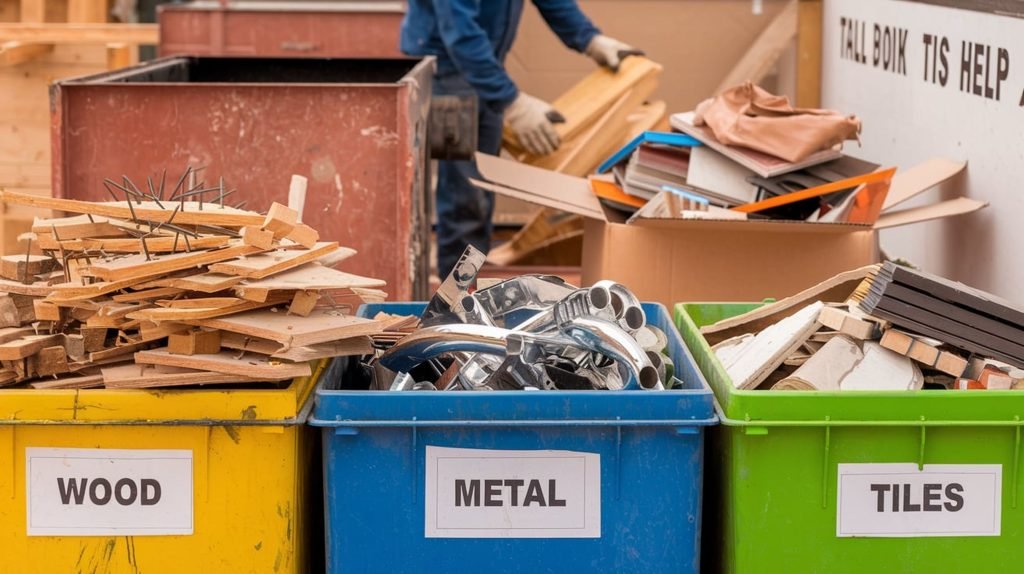Waste Management: Taking Control of What Gets Thrown Away
Every project generates waste but how much of it really needs to end up in a skip? Across the construction industry, valuable materials are lost every day through poor planning, lack of segregation, or simply not knowing what can be reused or recycled.
The truth is, construction waste isn’t just an environmental issue, it’s a financial one too. Every offcut, damaged pallet, or discarded material represents wasted money, time, and opportunity. Without a clear plan in place, reusable materials often become landfill instead of being recovered, repurposed, or recycled.
Effective waste management begins long before a skip is delivered to site. It starts with understanding what materials are being brought in, how they’ll be used, and what will happen to them afterwards.
By introducing structured waste reduction measures, construction teams can dramatically cut down on disposal costs, reduce carbon impact, and improve project sustainability performance.
We can help you take a proactive approach by:
Conducting on-site waste audits to identify where waste is generated and how it can be prevented.
Developing waste reduction plans that focus on reuse, recycling, and material recovery.
Creating and managing Site Waste Management Plans (SWMPs) to track waste streams, ensure compliance, and report on environmental performance.
Providing guidance on compliance, on-site implementation, and training to improve waste practices, upskill teams, and reduce disposal costs.
Sorting It Right: The Role of Waste Segregation
One of the most effective steps toward reducing construction waste is segregation at source. Clearly labelled and colour-coded bins help ensure that materials are disposed of correctly, keeping recyclable waste clean and hazardous waste contained.
For example:
General Waste: For non-recyclable items such as contaminated materials or mixed waste.
Recycling Bins: For segregated materials like cardboard, plastics, timber, and metal.
Inert Waste: For concrete, brick, and rubble that can be reused or crushed for aggregate.
COSHH / Hazardous Waste Bins: For materials such as adhesives, sealants, paints, oils, and chemical containers, stored in designated, secure bins to prevent contamination and ensure compliant disposal.
Proper segregation not only supports recycling and resource recovery but also protects workers and the environment from harmful substances. It’s a simple step that makes a measurable difference.
Turning Waste into Opportunity
When managed well, waste can be transformed into value. Offcuts can be reused on future projects, packaging can be returned to suppliers, and materials such as timber, metals, and aggregates can be recycled.
Beyond environmental benefits, this approach demonstrates compliance with sustainability standards and strengthens your reputation as a responsible contractor or developer. It also helps meet requirements under frameworks such as BREEAM, LEED, and ISO 14001, all while keeping project budgets in check.
Building Smarter, Cleaner, and Greener Sites
A cleaner site is a safer, more efficient, and more cost-effective one. With clear waste management processes in place, teams can work confidently, knowing that materials are being used responsibly and nothing of value is needlessly discarded.
Our team supports you from start to finish, from initial waste assessments to full SWMP implementation, compliance guidance, and hands-on training.
Together, we can reduce environmental impact, improve circularity, and keep your project moving towards a zero-waste future.
Ready to Reduce Waste and Boost Efficiency?
If you’re ready to take control of what’s thrown away, get in touch to learn more about our Waste Management services.


